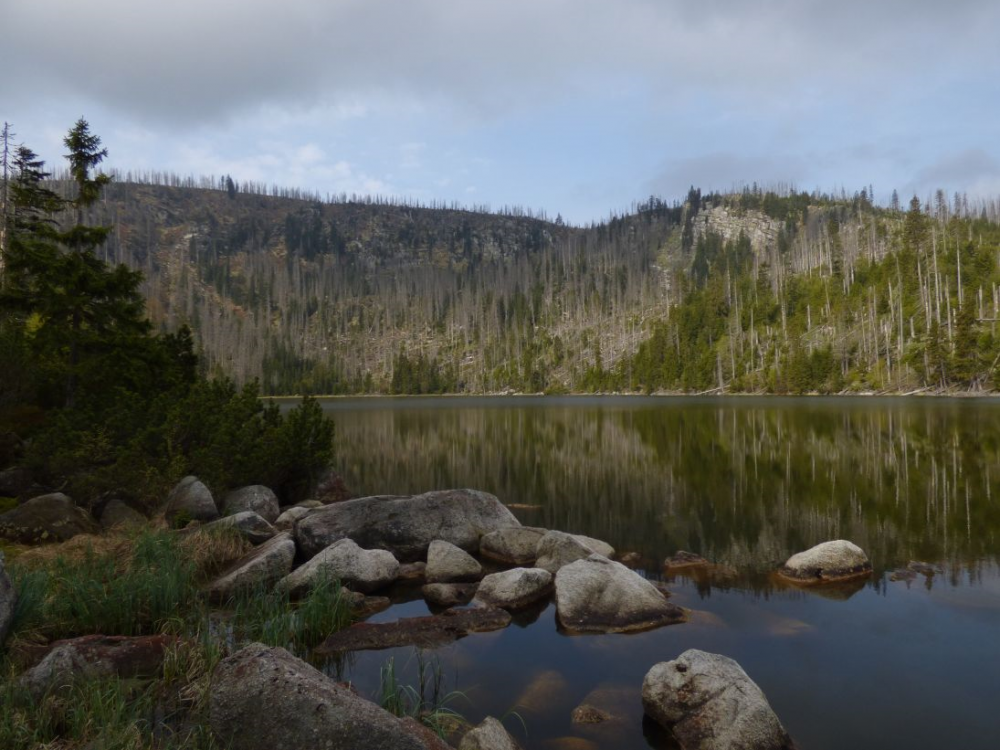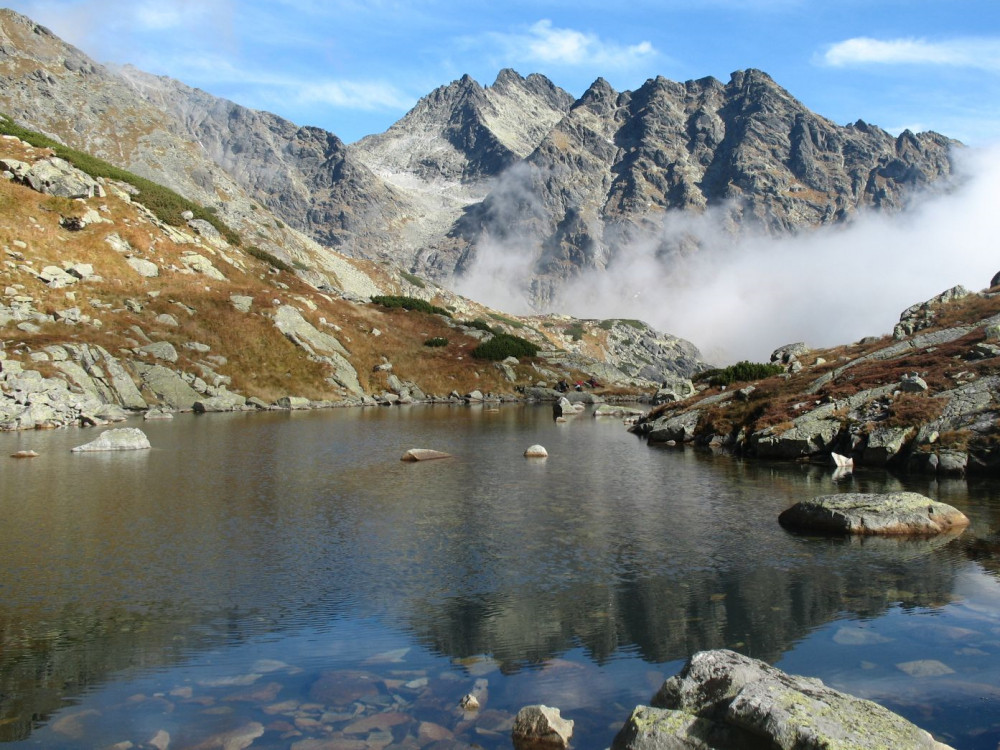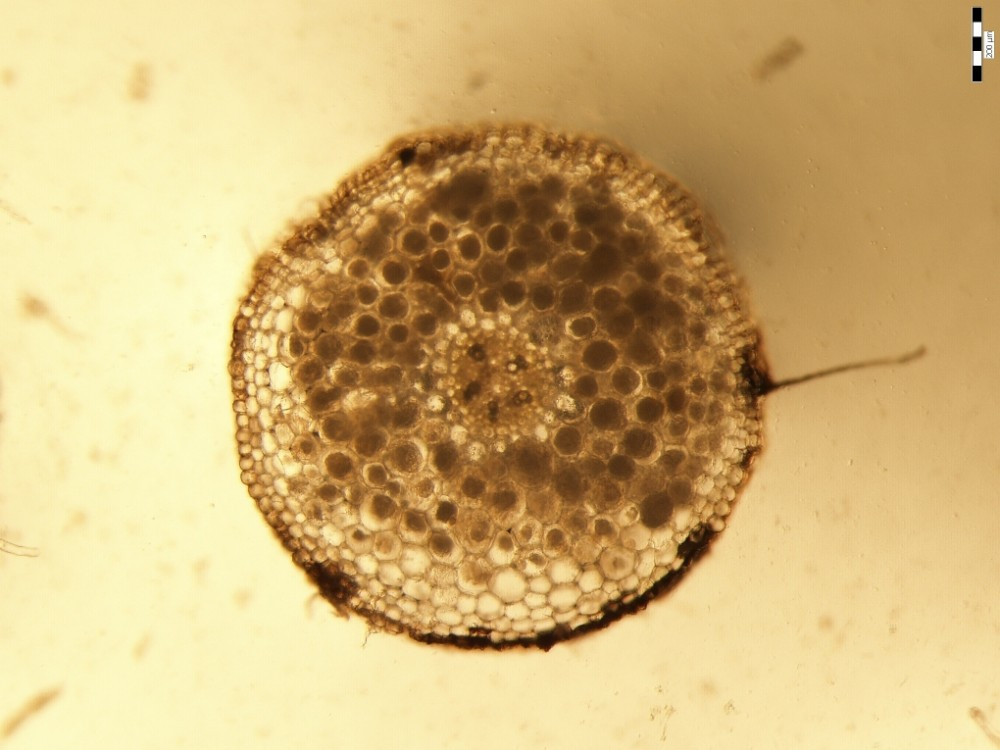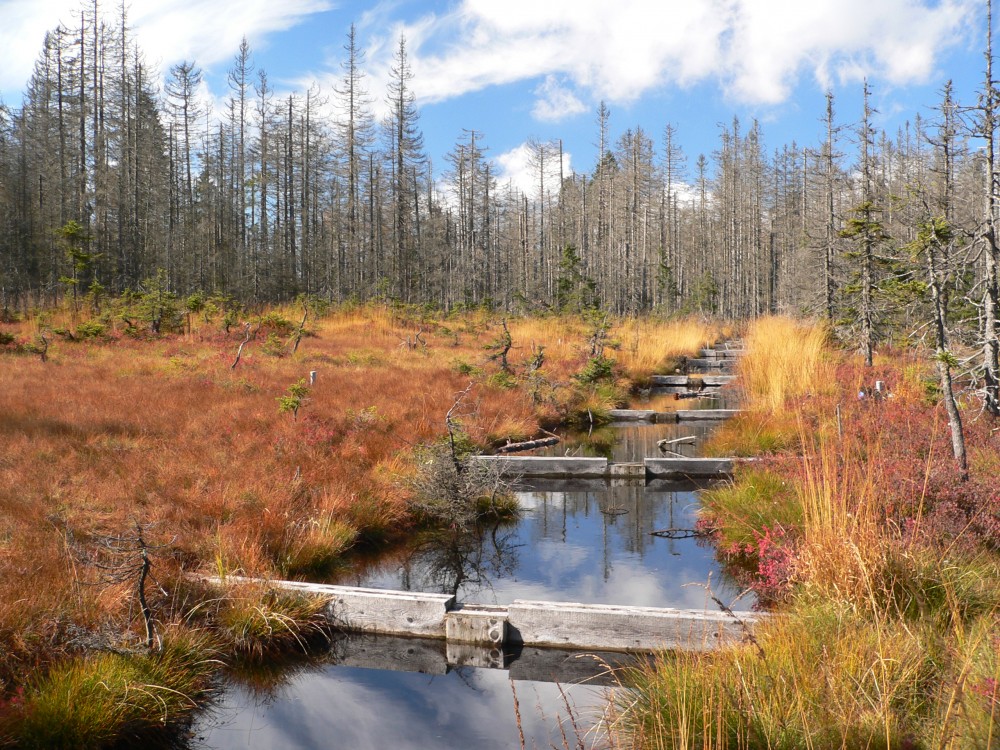Functional diversity of soil microorganisms in spruce swamp forest and its effect on soil DOM
(Co)investigator from the Department: Tomáš Picek
Funding provider: GAČR
Duration: 2013 - 2016
Project goals:
The aim of the proposed project is to find links between DOM quality and quantity and microbial community composition and activity in spruce swamp forest in habitats differing in dominant vegetation and water table level.
Project description:
We suggest to study spruce swamp forest (SSF, Central Europe) internal heterogeneity related to soil microbial community functioning, soil organic matter (SOM) and dissolved organic matter (DOM) quality and quantity. In SSF, spruce and peat mosses are responsible for peat accumulation and the related high soil water retention. The patchy co-dominants, cotton grass and dwarf shrubs, bring internal SSF spatial variability and affect the functioning of the whole SSF in the way they acquire, process and invest resources. However, it is still unknown if this spatial heterogeneity is reflected in the functional diversity of soil microorganisms and ongoing soil processes, which affect DOM quality. We will study effect of cottongrass and blue berries on SOM, DOM and microbial functioning at three SSF sites using chemical, microbiological and molecular methods including stable izotopes probing, and pyrosequencing. DOM will be analyzed by fluorescence spectral analyzes, size exclusion and ion chromatography. Manipulative field and laboratory experiments will complete field measurements.
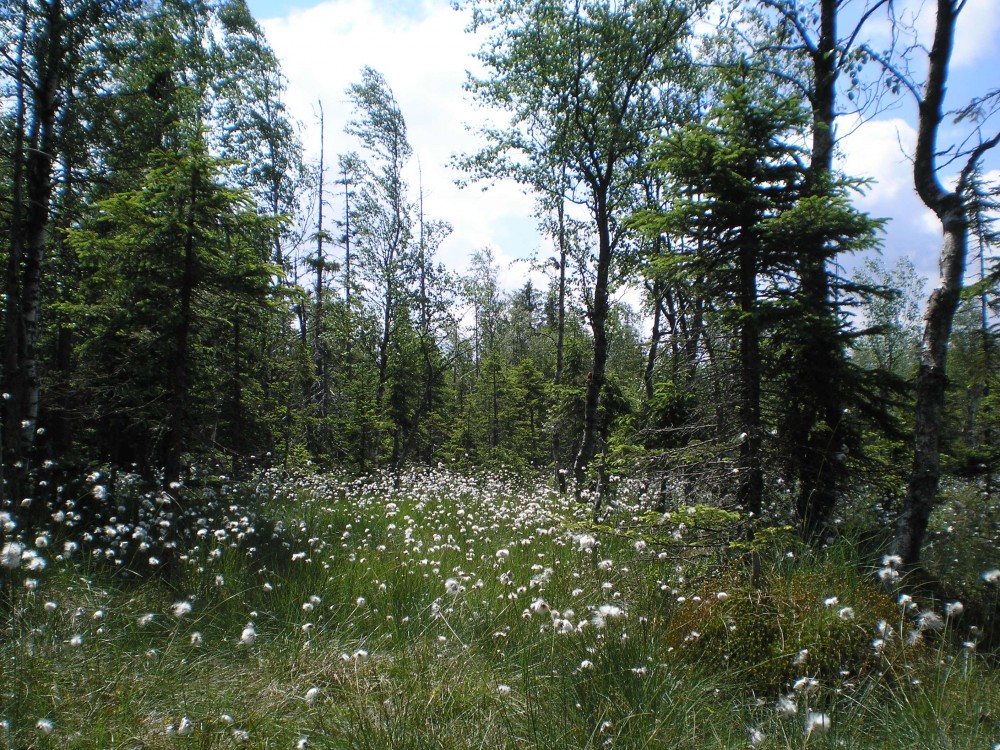
- Hits: 12063
